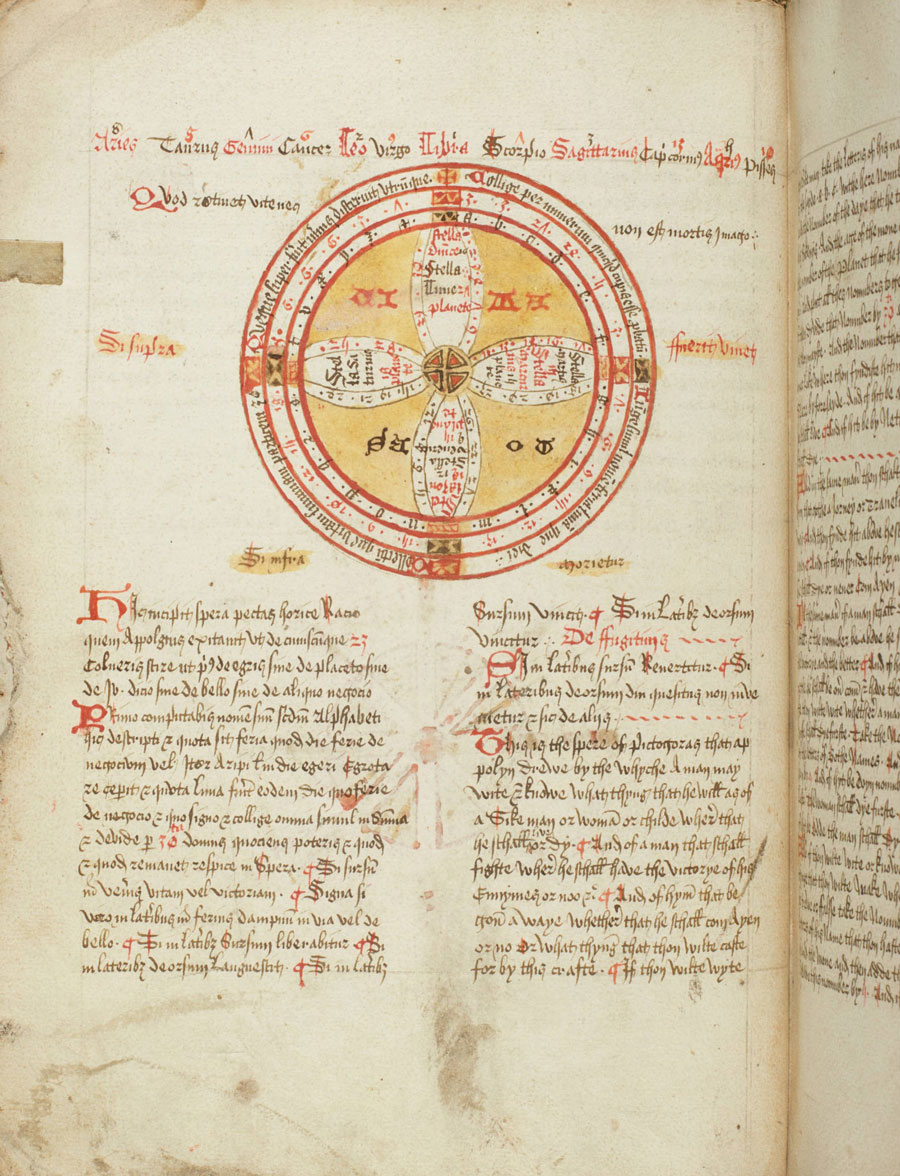Futures Past: Lessons from the History of Prediction

Past eventWed., Jan. 17, 2024, 7:30–8:30 p.m.
Free with Reservation
Education and Visitors Center, Rothenberg Hall
From weather to the economy, disease to politics, forecasts define our modern world, modeling our future in degrees of chance and probability. At its origins, the forecast began literally as a form of “casting”—tossing dice, bones, or other objects to reveal future possibilities. Drawing on The Huntington’s manuscript collection, this talk introduces a consummate premodern predictive technology—the book—and explores how astrology and other “applied sciences” helped readers navigate uncertainty. Though it seems distant to our data-driven present, the premodern world of prognostication holds valuable lessons for our own, especially as we plan for an increasingly uncertain climate future.

The Sphere of Life and Death, England, ca. 1485–1499, folio 15v. | The Huntington Library, Art Museum, and Botanical Gardens.